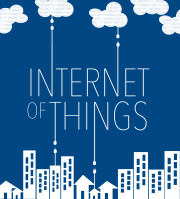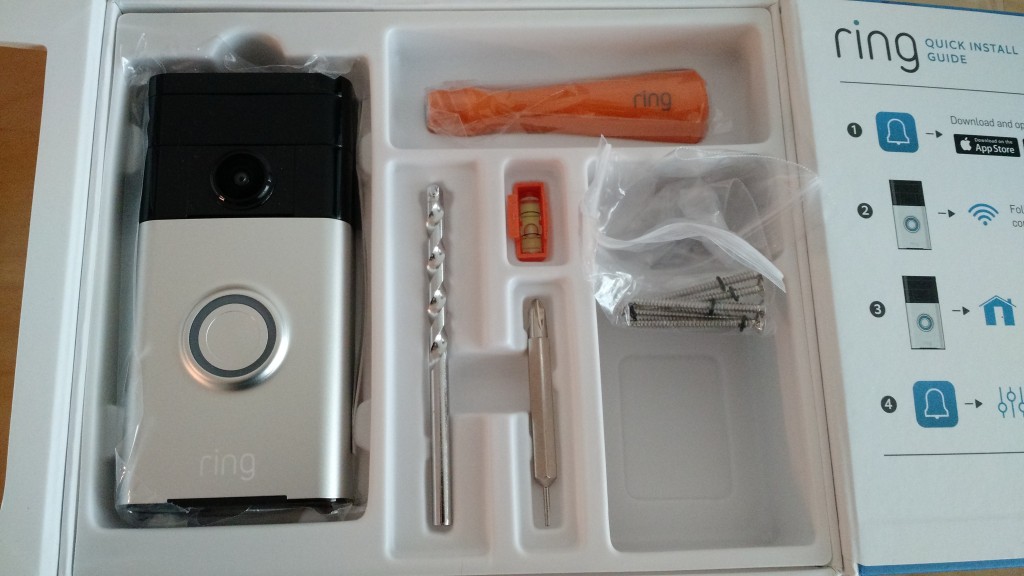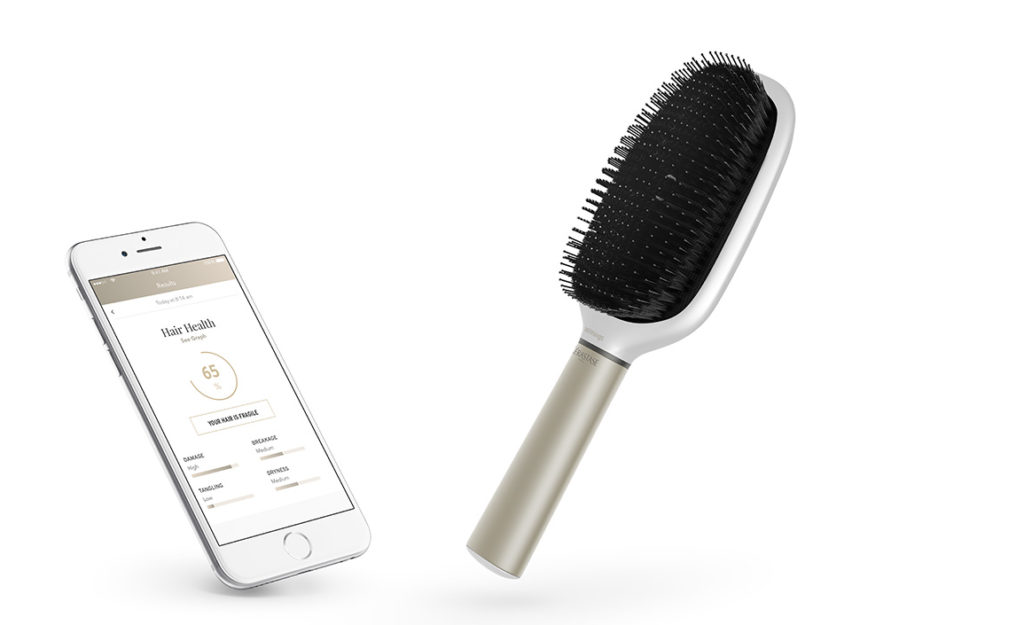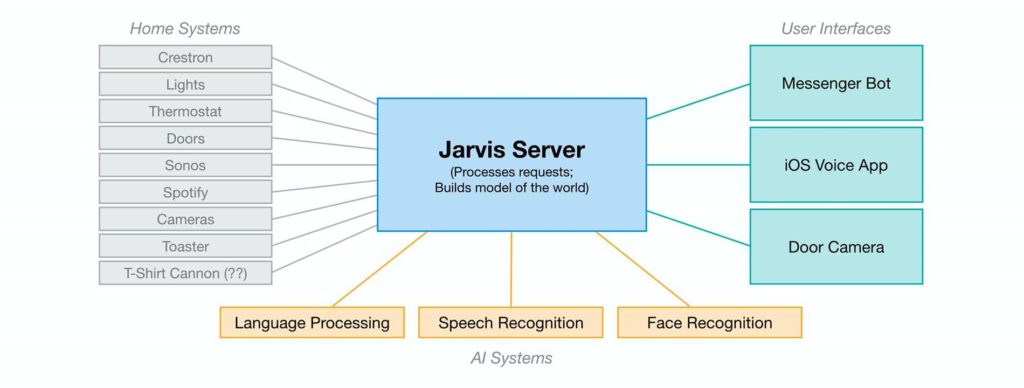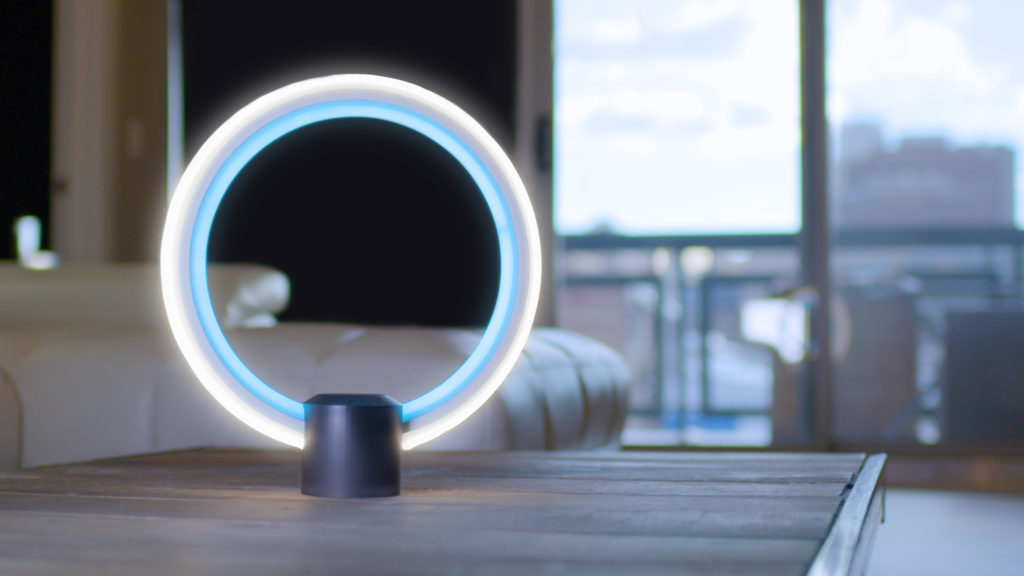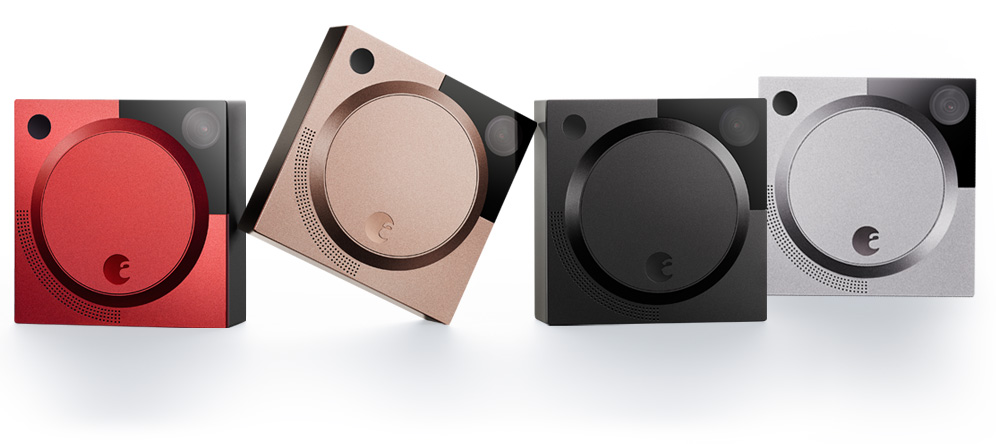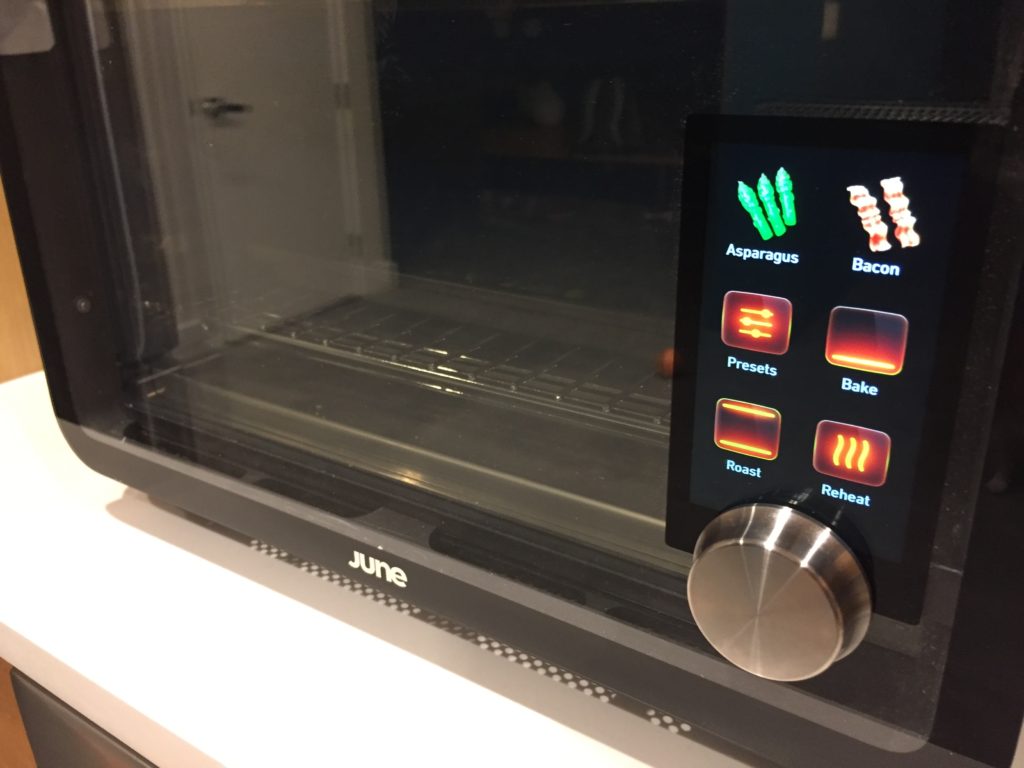This week we discuss a personal assistant from Samsung, Amazon Alexa on phones and mistakes from Google Home. We also talk about a Legend of Zelda superfan and how he controls his home through an ocarina. We then talk about ARM’s new architecture and discuss two deals ARM did last month to boost support for low power wide area networks. Finally, I now have my SmartThings and Lutron integration working, and it’s awesome!
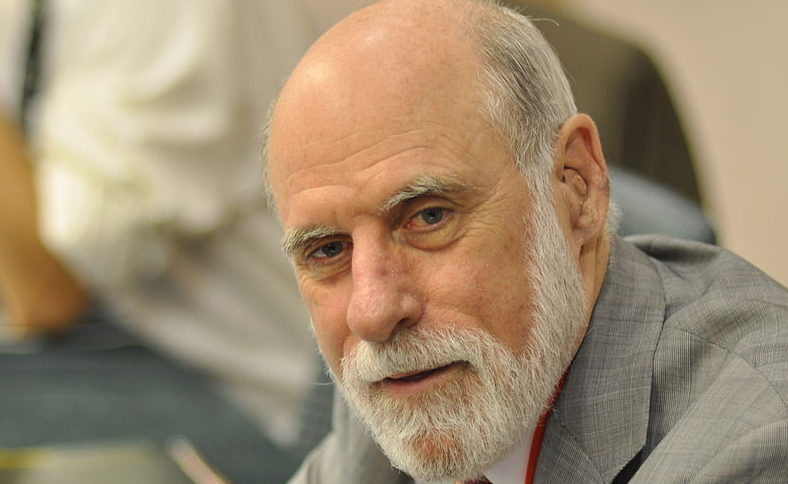
Have you ever wanted to know what Vint Cerf, a vice president and chief internet evangelist at Google, has in his smart home? Find out in our guest segment, as one of the fathers of the internet comes on the show to discuss the internet of things and the questions we should be asking. We discuss standards, architecture, privacy and more. You’ll enjoy it.
Hosts: Stacey Higginbotham and Kevin Tofel
Guest: Vint Cerf of Google
Sponsors: Samsung ARTIK and wolfSSL
- Google needs to pivot, and its latest misstep shows why
- Kevin isn’t sold on ARM’s new architecture
- Yes, standards are important for the internet of things
- We talk about Vint Cerf’s connected wine cellar
- More questions than answers on IoT from Vint Cerf
Podcast: Play in new window | Download | Embed
Subscribe: RSS
